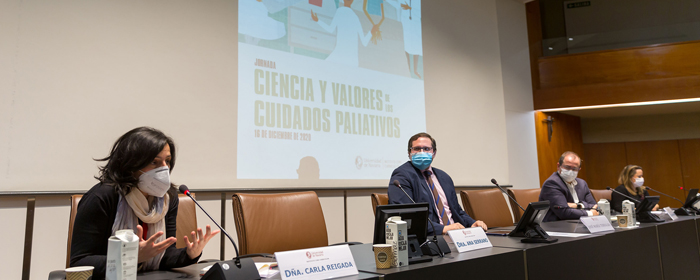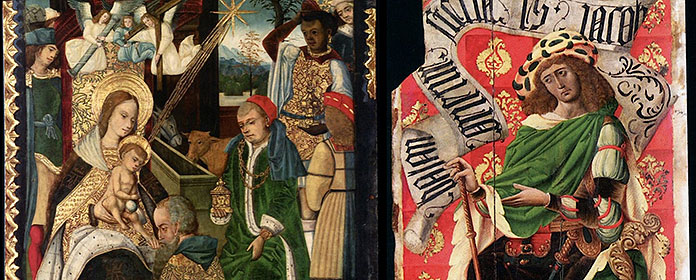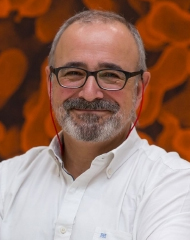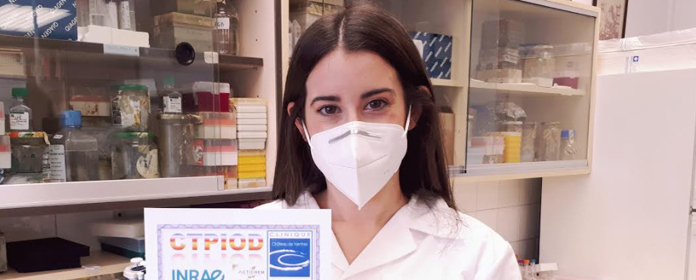The Museum presents three new works by Antoni Tàpies
"The Invited Works" establishes a rereading of the conference room dedicated to Antoni Tàpies from the exhibition of "The María Josefa Huarte Collection. Abstraction and Modernity" with three new works that the museum has received as loan from the Fundació Tàpies.

On the occasion of the loan of L'esperit català -belonging to the Museum's Collection- to the Fundació Tàpies in Barcelona for the exhibition "Antoni Tàpies. Col-lecció. 1966-1976", which opened last week and which is being exhibited for the first time in Catalonia, the Museum has received, as exchange, three new works by the Catalan artist that constitute "The invited works". These are two paintings, Dies d'Aigua ( 1987) and Gran Creu (1989), and a sculpture, Matalás (1987). "This conference room responds to the spirit of the María Josefa Huarte Collection to be constantly enriched. We have taken advantage of the good relationship with the Fundaciò Tàpies to exchange L'esperit català for these new additions, which have been a unique opportunity to reread this space dedicated to the Catalan artist," said Valentín Vallhonrat.
The selection criteria for these three specific works was based on the dialogue they can establish with the Tàpies works already on display at the Museum - Relleu de T inclinada, Negre sobre gris, Incendi d'amor and Composició amb Cistella - both from a formal and conceptual point of view, as well as from an emotional one, since María Josefa Huarte's collection is based on her intuition and taste staff. In this way, they help not only to understand the creative universe of the author, but also to understand the artistic criteria of the patron of Navarre.
These paintings and sculptures are included within the informalism and the research of formal solutions around the wall and the recreation of the humble subject , on which, as graffiti, elementary signs such as the cross, geometries or scribbles that symbolize the mysteries of life and death associated with the life experiences of human beings are arranged. "It is an opportunity to update, broaden and deepen the understanding of the Museum's Collection, completing its sense and meaning," explained Ignacio Miguéliz, manager of the Museum's collection and curatorial department.




